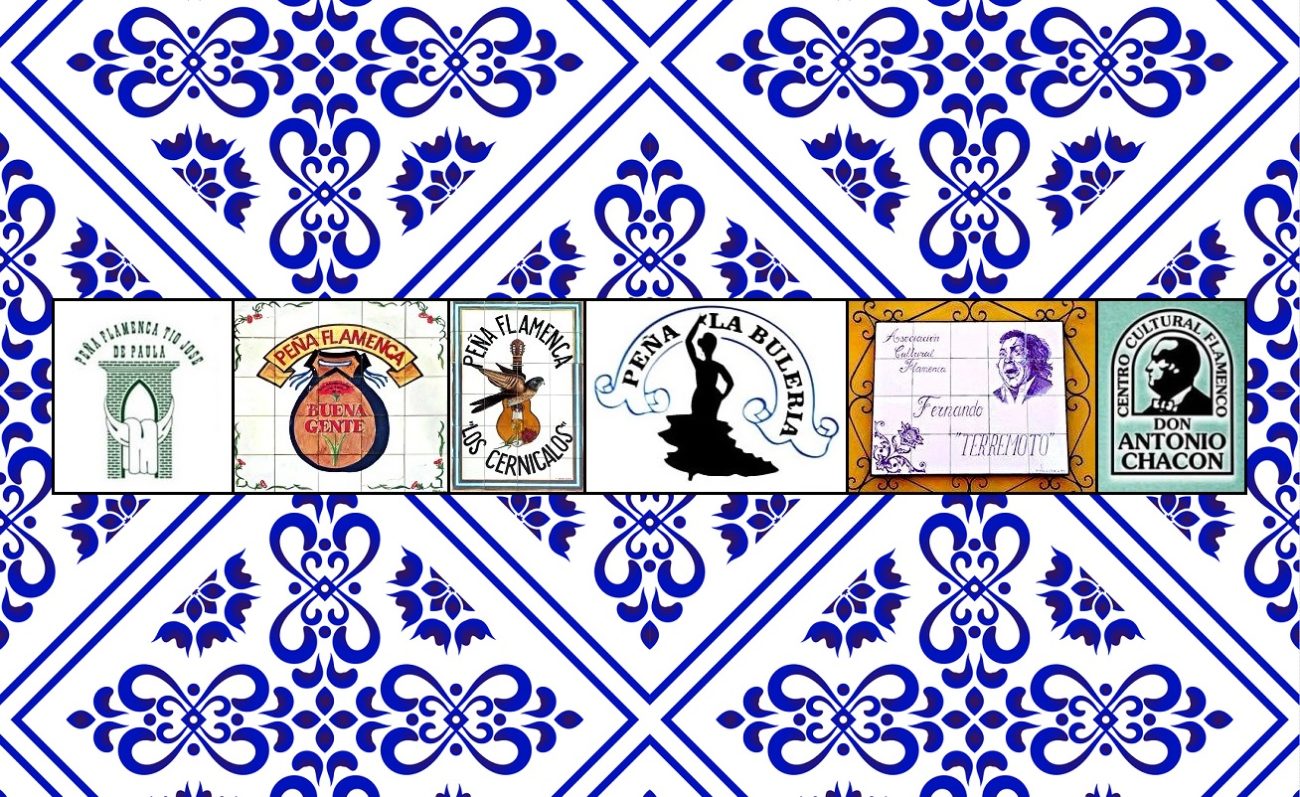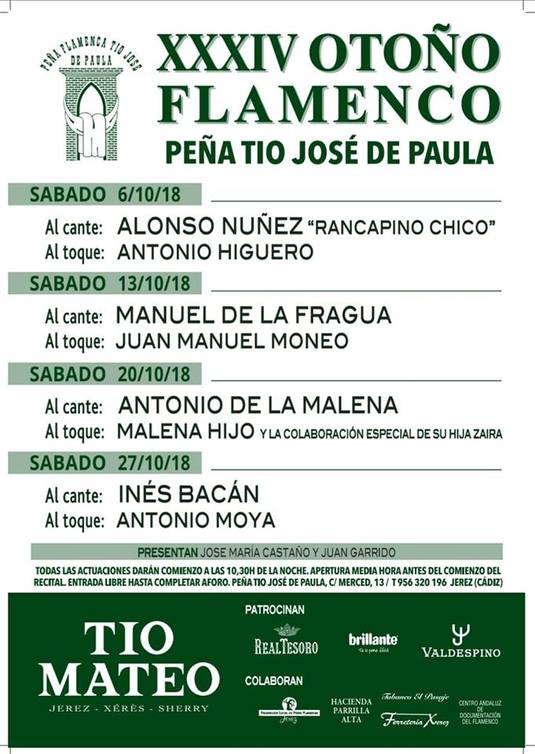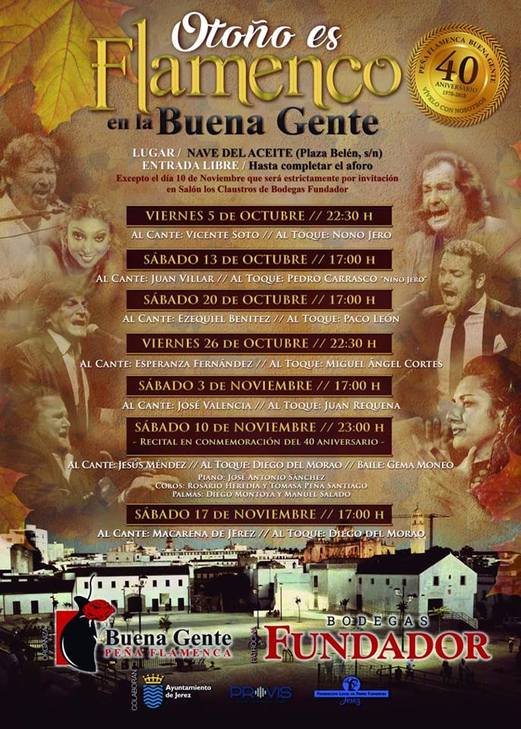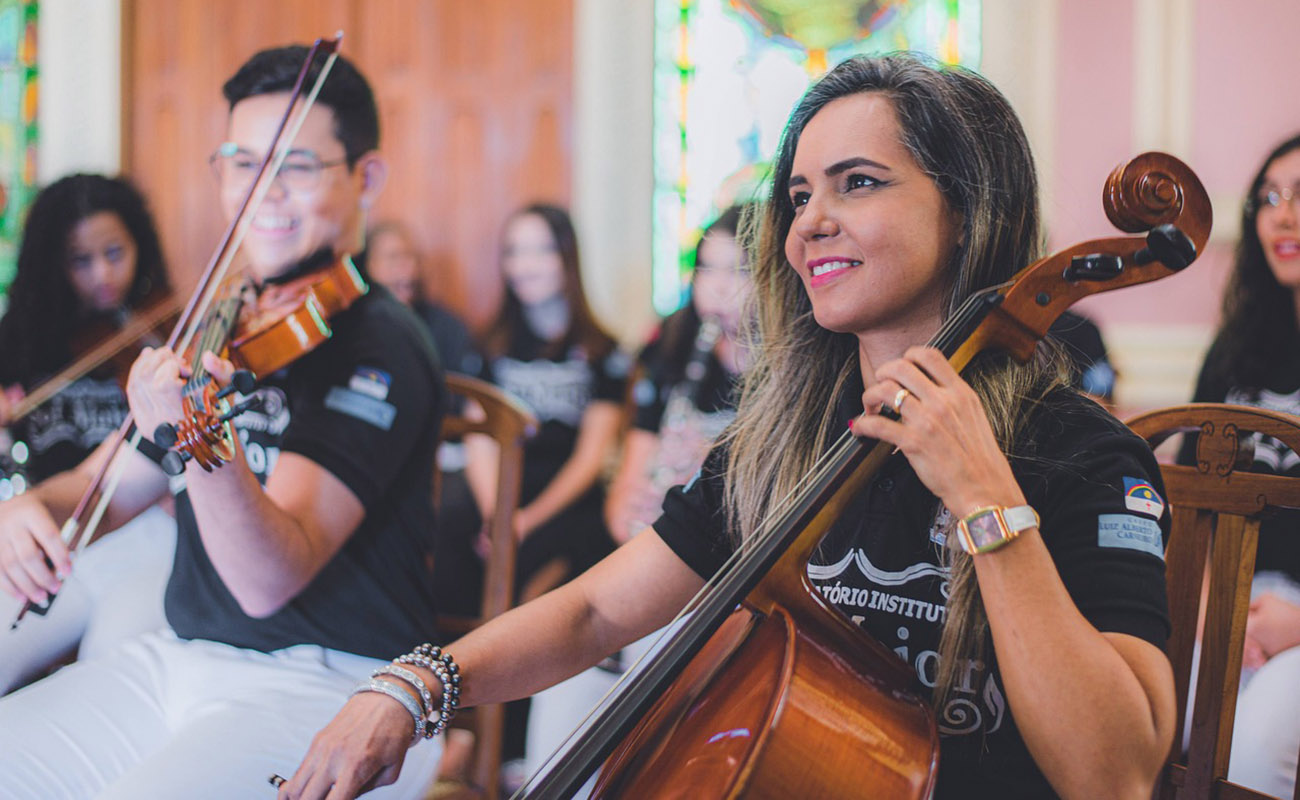The importance of Peñas in Jerez
Nothing would be the same without the peñas flamencas in Jerez de la Frontera. We could say, widening the scope, that the same is true in the rest of Adalusia. Yet, if you allow me to say so, the peñas of Jerez are special in one regard: they are non-profit entities, to the point that all recitals performed can be attended by visitors for

Nothing would be the same without the peñas flamencas in Jerez de la Frontera. We could say, widening the scope, that the same is true in the rest of Adalusia. Yet, if you allow me to say so, the peñas of Jerez are special in one regard: they are non-profit entities, to the point that all recitals performed can be attended by visitors for free, with the costs covered by the members who generously open the doors of their venues to promote flamenco culture. Don’t get the wrong the impression that this only happens in the city of Tío Pepe, though, as other renowned peñas also do this, such as the Sociedad del Cante Grande de Algeciras, for example. Yet, it’s true that it has become increasingly common to see the word “donativo” in the recital’s promotional posters, indicating admittance by donation, typically a token amount to help covering the costs of the event
The operation of these entities which have been such an intrinsic part of flamenco for half a century is crucial to the city’s flamenco scene. Los Cernícalos was the first peña to open in Jerez, following the steps of La Platería in Granada or Juan Breva in Málaga. Then came Peña La Bulería, El Garbanzo, Buena Gente, Tío José de Paula, Los Cabales (now vanished), Los Juncales (on Nueva street, about to be demolished due to dereliction), Chacón, Terremoto, Pescaero, Alconchel… Nowadays there are more than fifteen peñas in Jerez, most of them belonging to the Federación Local de Peñas. They are active during the Christmas season, organizing the traditional zambombas, during Holy Week, with the performance of saetas, during Jerez’s fair, in its tents at the Real (much sought-after by the tourists), and in summertime, tanking part in the Viernes Flamencos events and other local festivals. Yet, above all we must highlight their commitment to live performances (“live” indeed). Recitals in peñas are special, filled with magic and meaning, inviting the public to retreat into the real deal, without scripts or distracting light shows. Autumn, particularly in October and November, has become an important season of activities for those cultural associations with so much history.
The official programs of events of two peñas have already been made public, and they are such good programs! It’s no wonder that the aficionados who come to Jerez from elsewhere are amazed to see so many first-class artists in the promotional posters. Let’s go in order. First, the Peña Tío José de Paula celebrates, starting on Saturday, October 6, the 34th edition of Otoño Flamenco (“Flamenco Autunm”), featuring artists such as Rancapino Chico (whose performances in theaters cost 15 or 20 euros), Manuel de la Fragua, a young cantaor from the house of Tío Juane, Antonio Malena, a leading expert in cantes, and Inés Bacán, the matriarch of Lebrija’s cante. Four Saturdays in October with open doors in the peña’s venue on Merced street, in the heart of the Santiago district. In November, this peña continues its it’s courses of cante with lectures about Juaniquí’s soleá, by José María Castaño and Los Caminos del Cante, Tía Anica la Periñaca’s seguiriya, by Estela Zatania, and José Cepero’s fandangos, by Antonio Conde González-Carrascosa.
Another peña with a strong program is Peña Buena Gente. It has presented a first-rate series, starting last Saturday with Vicente Soto and Nono Jero, something we must highlight since the son of Sordera, although born and raised in Jerez, seldom performs in his hometown. The series continues with other artists such as Juan Villar and Periquín ‘Niño Jero’, Esperanza Fernández and Miguel Ángel Cortés, José Valencia and Juan Requena, Jesús Méndez with Diego del Morao and Gema Moneo, Ezequiel Benítez and Paco León, and Macarena de Jerez with Diego del Morao. This is a lineup more suitable for the Bienal de Sevilla than a humble peña of Jerez which, as stated above, opens its doors to all aficionados. This makes us think about the impact of the peñas in the local tourism and the economy of Jerez. We can’t help asking ourselves, is the city aware of the importance of its peñas flamencas? Is the local government aware of it, too?
The lineup of the November program of the Asociación Cultural Flamenca Fernando Terremoto hasn’t been finalized yet, but can name some names such as José Carpio ‘Mijita’ and Ana de los Reyes. Then there’s next year program of Peña La Bulería on occasion of the 26th Exaltación de La Bulería festival, the program of the Centro Cultural Flamenco Don Antonio Chacón with its recital just before Christmas, the program of the Peña Los Cernícalos, on the 50th anniversary of its foundation, and the programs of all other peñas. Then there are the programs in the local theaters… So, isn’t it time to enforce admittance by donation to be able to cover the costs, just like happens in other parts of Andalusia? Isn’t it better to instill the habit of paying in advance, particularly when it comes to art, than getting used to free stuff which implies a lacks of value? It’s a topic for debate in the peñas of Jerez, and it must be discussed. Meanwhile, enjoy what’s on offer, because all their efforts are priceless.

Una de las actuaciones que más se recuerdan en una peña flamenca. Peña La Bulería, homenaje a Moraíto.






